Co-authored by Wendy Lazarus, Founder and Co-President, The Children’s Partnership and Korey Capozza, Director of the Electronic Care Coordination Initiative at The Children’s Partnership
For children and youth in foster care, instability and disorder can be one of few constants. First, a troubled home life leads to a sudden break from families and kin. Once in foster care, such kids will likely change homes, schools and care providers several times each year. This instability disrupts crucial relationships and causes essential information to be lost in the shuffle between placements and homes. Gaps in critical information become especially problematic when it comes to health. One particular example is when children and youth in foster care require ongoing medication management and careful handoffs between medical providers — or when past treatments were ineffective or inappropriate. This isn’t just hypothetical: we now know that children and youth in foster care are prescribed powerful mood-changing drugs–including those used to treat ADHD, anxiety, depression, and psychosis — at rates 2.7 to 4.5 times higher than other children in Medicaid. While sometimes appropriate, these high rates suggest widespread overprescribing. Fortunately, a number of technology-enabled information-sharing initiatives may soon address the gaps in information and lapses in oversight that contribute to this problem.
Indeed, we are heartened by a constellation of policy changes, research developments, and practical demonstration projects that hold the promise of making better use of existing data and rapidly transforming the archaic and disjointed record systems for children and youth in foster care. On the policy front, the Obama Administration has included a demonstration project in its 2016 proposed budget that would incentivize states to implement evidence-based psychosocial interventions for children and youth in foster care and reduce the inappropriate use of psychotropic medications for this population. This funding would help states build screening and assessment tools and coordinate data among providers, so that agencies that serve children in foster care can better track and harmonize prescription medications.
Further, several bills in the California Legislature attempt to tackle the problem. For example, Senate Bill 238 introduced by Senators Holly Mitchell and Jim Beall proposes a number of strategies aimed at leveraging existing state databases to identify children who may have been inappropriately prescribed psychotropic drugs. These strategies include upgrading the state’s case management system to provide automated alerts when a child’s case record indicates out-of-the-ordinary prescription medication patterns and analyzing Medicaid claims data to zero in cases that require oversight.
Other notable progress is quietly occurring at the county level where two innovative projects, in Ventura and Sacramento counties, are working through the complex details of creating an “electronic backpack” for foster children and youth. In Sacramento, the pilot is testing a youth-controlled online record system that can be uploaded with key health and other records so that each youth’s medical history is up to date and portable during life disruptions and after the ultimate transition out of foster care. Work in Ventura County has focused on creating an intuitive “electronic passport” for foster parents so that critical information housed in the case management and medical records systems moves seamlessly with the child during new foster placements, preventing the frequent problem of lost or incomplete paper records and missed opportunities for medication management or review.
Taken together, these advances may soon pave the way for modern, state-of-the-art digital solutions capable of providing complete, timely, and easily accessible information to foster youth and the key individuals and agencies that interact with them in California and nationwide. That’s great news for this population of vulnerable kids whose health deserves the best we have to offer.
